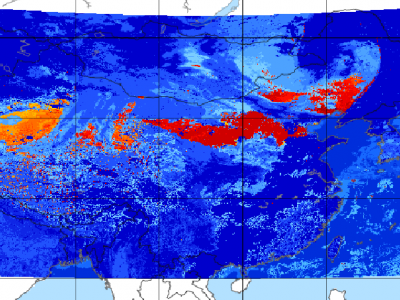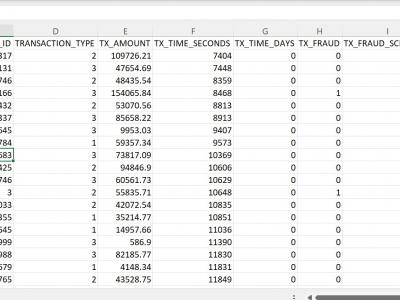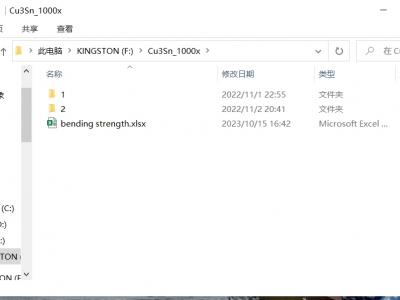Machine Learning

The data included here within is the associated model training results from the correlated paper "Distribution-Driven Augmentation of Real-World Datasets for Improved Cancer Diagnostics With Machine Learning". This paper focuses on using kernel density estimators to curate datasets by balancing classes and filling missing null values though synthetically generated data. Additionally, this manuscript proposes a technique for joining distinct datasets to train a model with necessary features from multiple different datasets as a type of transfer-learning.
- Categories:
 24 Views
24 Views
The data set has been prepared as 2 different versions. The data set was shared in two versions due to the fact that the researchers could easily reproduce the tests and hardware limitations. The first version (small_dataset) was prepared using a 10% sub-sample of all dataset. The other version (big_dataset) contains the entire data. In this study, the scenarios tested were run on the small_dataset. The most successful configuration that was selected as a result of the analysis on small_dataset was applied to big_dataset.
- Categories:
 846 Views
846 Views
The growing antenna array scale, the uncorrelated fadings between downlink and uplink of frequency division duplex (FDD) or analog beamforming design increases the difficulty of channel sounding or estimation. Non-wireless channel detection or beam weight prediction method is a promising solution to help obtain timely and accurate wireless channel state. Furthermore, beamforming can be enhanced by the powerful sensing capability of cameras.
- Categories:
 137 Views
137 ViewsSince meteorological satellites can observe the Earth’s atmosphere from a spatial perspective at a large scale, in this paper, a dust storm database is constructed using multi-channel and dust label data from the Fengyun-4A (FY-4A) geosynchronous orbiting satellite, namely, the Large-Scale Dust Storm database based on Satellite Images and Meteorological Reanalysis data (LSDSSIMR), with a temporal resolution of 15 minutes and a spatial resolution of 4 km from March to May of each year during 2020–2022.
- Categories:
 772 Views
772 ViewsThe process of dataset generation comprises three integral components: "Account Profiles," responsible for creating detailed account representations; "Transaction Generation," which simulates a diverse range of financial transactions; and the "Generation of Fraud Scenarios," which introduces predefined templates for identifying potential fraudulent transactions based on various criteria. Together, these components collaboratively construct a dynamic and realistic dataset, mirroring real-world financial systems.
- Categories:
 250 Views
250 Views
Acute myocardial infarction (AMI) is the main cause of death in developed and developing countries. AMI is a serious medical problem that necessitates hospitalization and sometimes results in death. Patients hospitalized in the emergency department (ED) should therefore receive an immediate diagnosis and treatment. Many studies have been conducted on the prognosis of AMI with hemogram parameters. However, no study has investigated potential hemogram parameters for the diagnosis of AMI using an interpretable artificial intelligence-based clinical approach.
- Categories:
 1395 Views
1395 Views
The dataset consists of measurements of four different stages of degradation in low-voltage contactors used for industrial purposes. The measurements were obtained with fiber Bragg grating (FBG) sensors that detect the dynamic deformation generated in switching under different internal components. The measurements were processed and features from PSD, FFT and TSFEL python library were extracted. The features of PSD and FFT were acquired in 40 sliding windows of 50Hz from the signal.
- Categories:
 139 Views
139 ViewsNowadays, how to non-destructively obtain the bending strength of the bronze-based matrix fabricated by low-temperature hot pressing sintering (HPS) is still difficult. The main contribution of our research is a proposed visual quantization model based on microstructure features of metallographic microscopy images and machine learning to predict the bending strength of bronze-based material. Exploring the interrelationship between microstructure features and mechanical properties will guide the modulation of grinding wheel composition and HPS parameters.
- Categories:
 23 Views
23 Views


